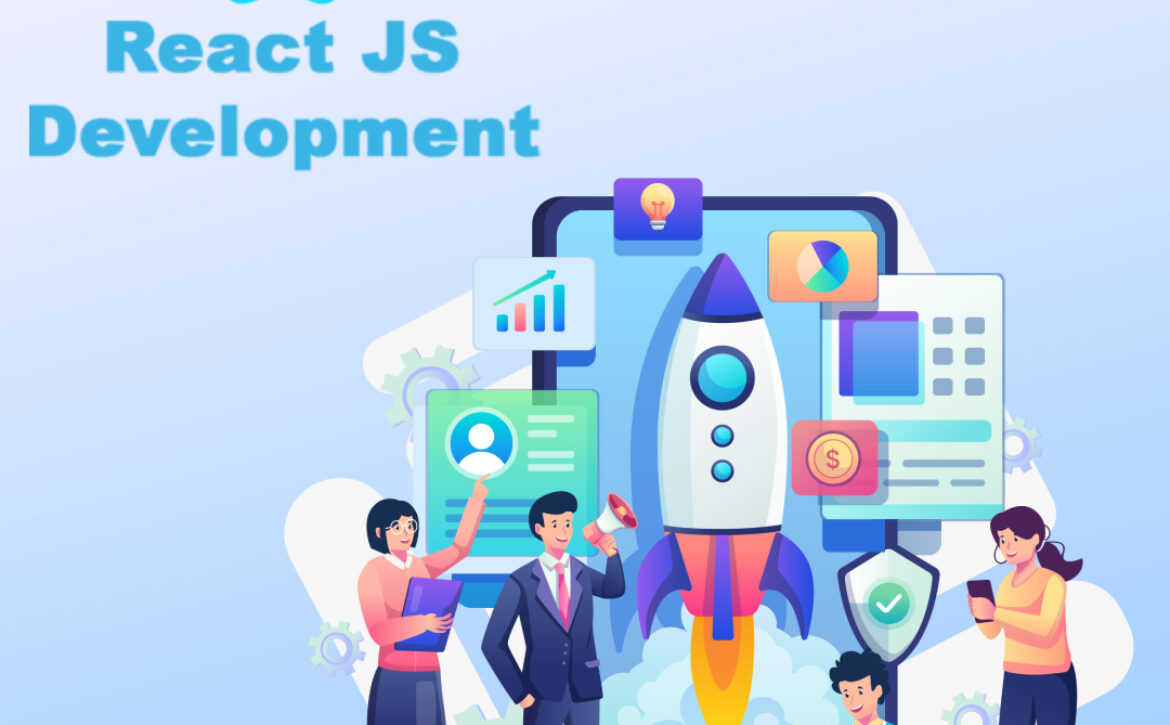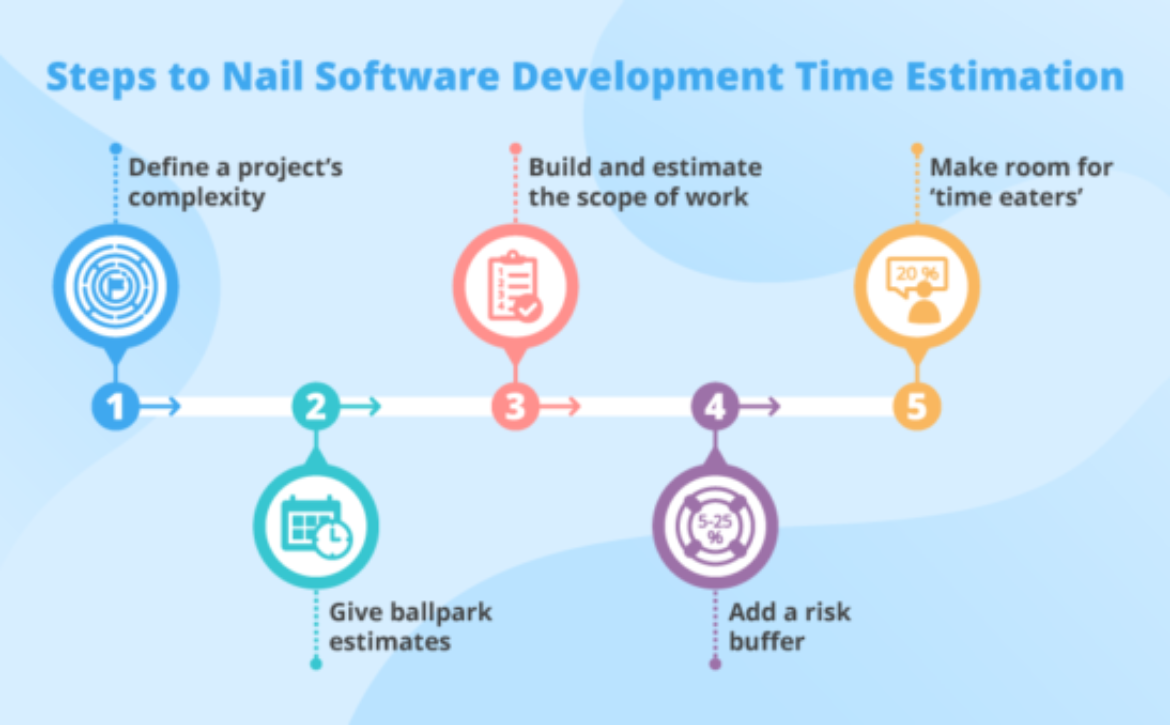Building an Attractive Website with Salesforce Commerce Cloud and Headless Commerce
In 2022, it is predicted that online retail sales would reach around $4.9 trillion. Making the most of your website’s potential to draw in and convert leads is essential given that the eCommerce sector is projected to increase by more than 50% in 2022 alone.
It’s no secret that we adore creating on the Salesforce platform, and we’ve discovered that Headless Commerce and the Commerce Cloud provide important advantages for helping our retail clients achieve their objectives.
As a Salesforce partner, Ocimtech has a wealth of expertise integrating Salesforce with websites and creating user-friendly web and mobile applications. Learn more about utilising Salesforce to create an attractive eCommerce website by reading on!
What Is Salesforce Commerce Cloud?
A cloud-based eCommerce platform called Salesforce Commerce Cloud enables companies to design interesting online shopping environments. It offers users resources to handle orders, run promotions, and manage inventories.
How Can Commerce Cloud Assist in Attracting Consumers?
Creates Engaging Customer Experience
provides a number of elements to enhance and enhance customers’ online purchasing experiences. Customers can store things to their “wish list” for later use, and businesses can automate the sending of emails to customers when items on their wish list go on sale, further enhancing their capacity to customise their marketing campaigns.
Provides Promotion and Discount Capabilities
Makes it simple for companies to design customer-friendly promos and discounts, including “buy one, get one” deals or free delivery on orders over a particular amount. By enabling companies to manage their brands, sites, locations, and devices from Salesforce, this functionality sets itself apart from other eCommerce website solutions.
Helps Customers Find the Right Products
Offers site search features and a narrated navigation system to assist online consumers in finding the ideal product.
Offers Personalized Recommendations
Faster machine learning-powered personalisation that delivers tailored offers and product recommendations.
Simple Internationalization is possible
For each market, international retail brands require specialised, localised sites. A pioneer in internationalisation, B2C Commerce makes it simple for firms to build and administer extra, regional websites that take into account various languages, cultures, and monetary systems.
Solution for Salesforce Headless Commerce
Salesforce also has headless commerce features that let companies separate their eCommerce front end from their backend systems, in addition to Commerce Cloud. This enables the development of a more dynamic and tailored shopping experience to draw clients. A few advantages of Headless Commerce include:
- Accelerated Time to Market
- World-Class Uptime and Support
- Endless Scalability
- Connected Customer Data
Utilizing Headless Commerce and the Commerce Cloud to Create an Attractive Website
Our Salesforce-certified developers at Ocimtech have experience creating online and mobile applications on the Salesforce platform. We can assist organizations in developing enticing digital purchasing experiences that will draw clients and increase revenue with Commerce Cloud and Headless Commerce.
Furthermore, our development team has the ability to work swiftly and effectively to bring your application onto the market so you can start making money right now. We can assist you in achieving your goals, whether you want to establish a new eCommerce website or enhance an existing one.
To learn more about our custom software development services and how we can assist you in creating a website that appeals to customers, schedule a free discovery call with a member of our team today!


















